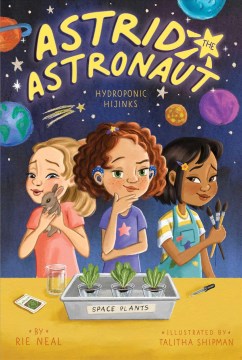By Huda Fahmy

This second graphic novel continues Huda’s story as she gains more confidence with who she is and her place in the world. In this book, she and her family take a trip to three of the Disney parks in Florida. That means a squished car ride for a day with her sisters and then staying with one for each day in the parks. They all get life lessons about having each other’s backs out in the world than they’re used to, including boys, comments about her dress & hijab, and public daily prayers. She also finds a potential friend and a renewed closeness with her sisters. I like the bright, simple illustrations with clear facial expressions. Huda has her own version of the “angel & devil on her shoulder” and they help us understand her internal dialogue and struggles along the way. I also liked that while the Disney parks are hinted at in the background of scenes, this is in no way an advertisement for Disney. The focus is on Huda and her family. While the storyline and dialogue are fairly simple, the issues are perfectly appropriate for middle and high school. Issues of religious freedom, consent, finding your voice, Islamophobia, and family values weave through the book. I would highly recommend this book, especially if you already have Huda F Are You? If you don’t – get both!













